progetti associazione dipiu
Projects + KHACHAR BHITOR OCHIN RISHI
The Rishi, contemptuously called “Muchi”, are to be found all over Bangladesh, but perhaps their highest concentration is found in its south western regions. Mainly Hindu by religion, these people are placed outside of the caste system and considered untouchables. Their untouchability status relates to the Rishis’ traditional dealings with dead cows and their skins. Although most of the Rishi people have discarded their traditional occupation and taken up other socially more acceptable jobs, their stigma remains and is the cause for their continuous discrimination and segregation. Their hamlets are located in unhealthy environments along riverbanks and on swampy land. Considered second class sort of human beings they are often refused a place in restaurants, shops and public venues in general. Inter-dining and above all inter- marrying with other groups is frowned upon, and even well-to-do Rishis at the time of marriages have to look for possible brides and grooms within their own group.
In this art installation the expectations of the visitor are frustrated. It is not possible to see with ease or even to get close let alone touch.
Frustrated in his right to be accommodated the visitor, despite himself, discover that he has to reflect on the experience of denial which is being proposed. The exhibition obliges the visitor to live an interior experience of exclusion with the eyes of those who live it all through their lives: the Rishi.
25.05-08.06.2010
Dhaka
Shilpakala Academy Gallery
In this art installation the expectations of the visitor are frustrated. It is not possible to see with ease or even to get close let alone touch.
Frustrated in his right to be accommodated the visitor, despite himself, discover that he has to reflect on the experience of denial which is being proposed. The exhibition obliges the visitor to live an interior experience of exclusion with the eyes of those who live it all through their lives: the Rishi.
25.05-08.06.2010
Dhaka
Shilpakala Academy Gallery
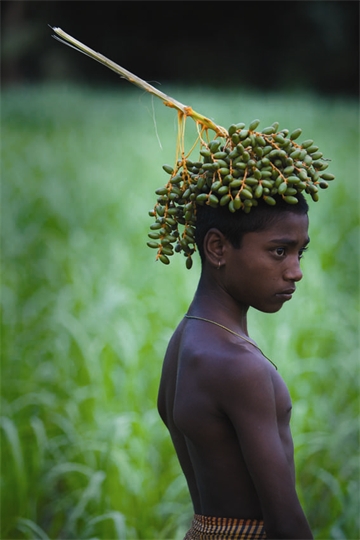
Barat village (Tala, Satkhira). A Rishi boy is carrying dates to be employed in the different rituals of the Shib Puja (also called Del Puja or Corok Puja), perhaps the most important festival of the Rishi, celebrated at two different times between Choittro (from mid March to mid April) and Boishak (from mid April to mid March) / text: Sergio Targa / photo: Giovanni Diffidenti
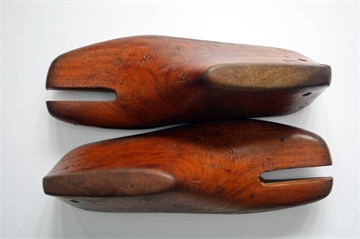
To polish and repair shoes are still today the only job opportunity available to many Rishis / text: Sergio Targa / art project: Laura Morelli
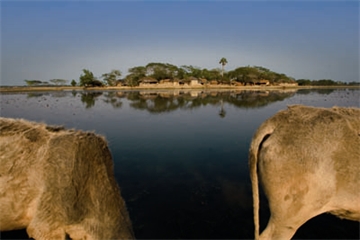
Traditionally Rishi villages and hamlets were located on river banks and low lying areas. These were unhealthy grounds shunned away by other communities. These locations on the one hand provided the segregation main stream society imposed on the Rishi; on the other hand, these locations were sought out by the Rishi themselves in order to carry out unhindered their polluting business / text: Sergio Targa / photo: Giovanni Diffidenti
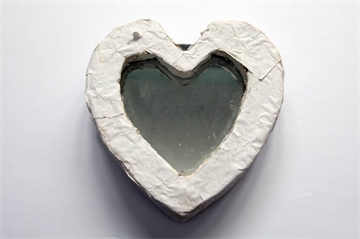
This heart was built by Sardar Mohadeb for his wife. He works as a barber, but he likes to make words and objects with polystyrene and mirrors / art project: Laura Morelli
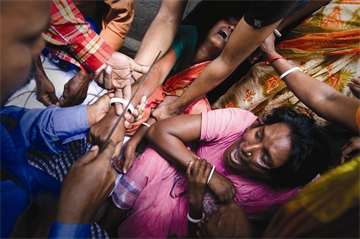
The shakha are a symbol of marriage which Hindu women wear proudly. Once the husband dies, the shakhas must ritually be cut during the funeral of the husband / text: Sergio Targa / photo: Giovanni Diffidenti
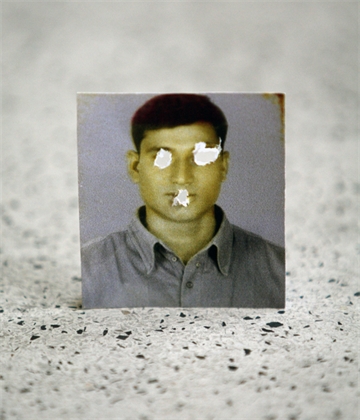
stigma / Laura Morelli
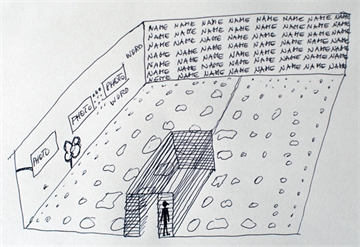
installation idea / Laura Morelli
video spot / communication campaign by Ogilvy & Mather
rishi song / Laura Morelli
Project by
photojournalist
m. (+88) 01715001128
gdiffidenti@hotmail.com
Books
Sergio Targa, i "dalit"a pieno diritto cittadini del Bangladesh, Missione Oggi, Jenuary 2009, pp.41-2Victor I. Stoichita, Visionary Experience in the Golden Age of Spanish Art
Gianfranco Marrone, Eric Landowsky, La società degli oggetti. Problemi di intersoggettività
Bapsi Sidhwa, Water
Sandra Endrizzi, Pesci piccoli. Donne e cooperazione in Bangladesh, Bollati Boringhieri, 2002
Muhammad Yunus, Vers un nouveau capitalism, JC Lattès, 2008
Mariagrazia Zambon, Passione per un popolo. Viaggio fra i missionari del Pime in Bangladesh, EMI, 2005
Lalon Shah, I canti di Lalon, traduzione di P. Marino Rigon, 2010



